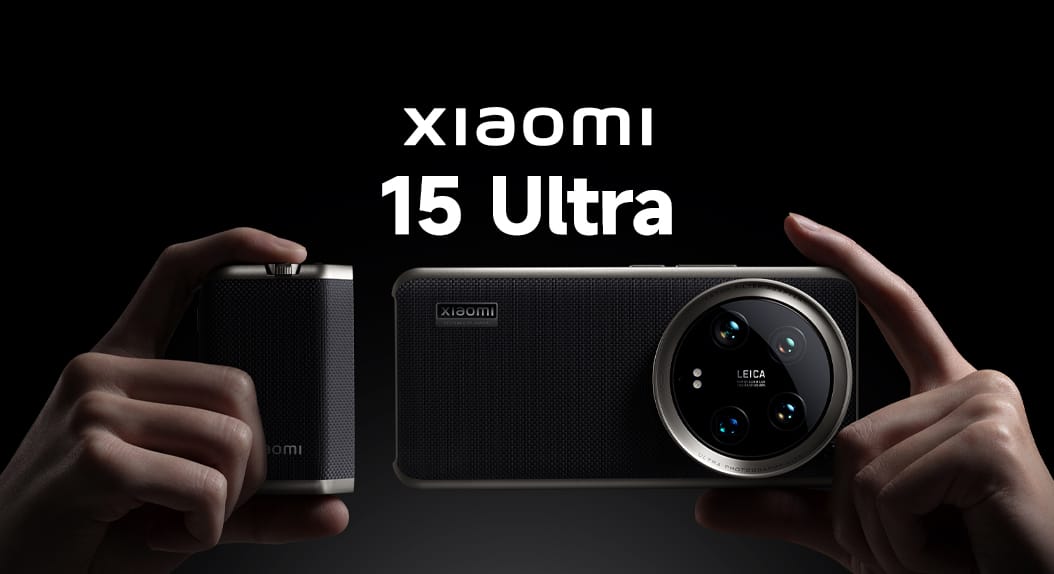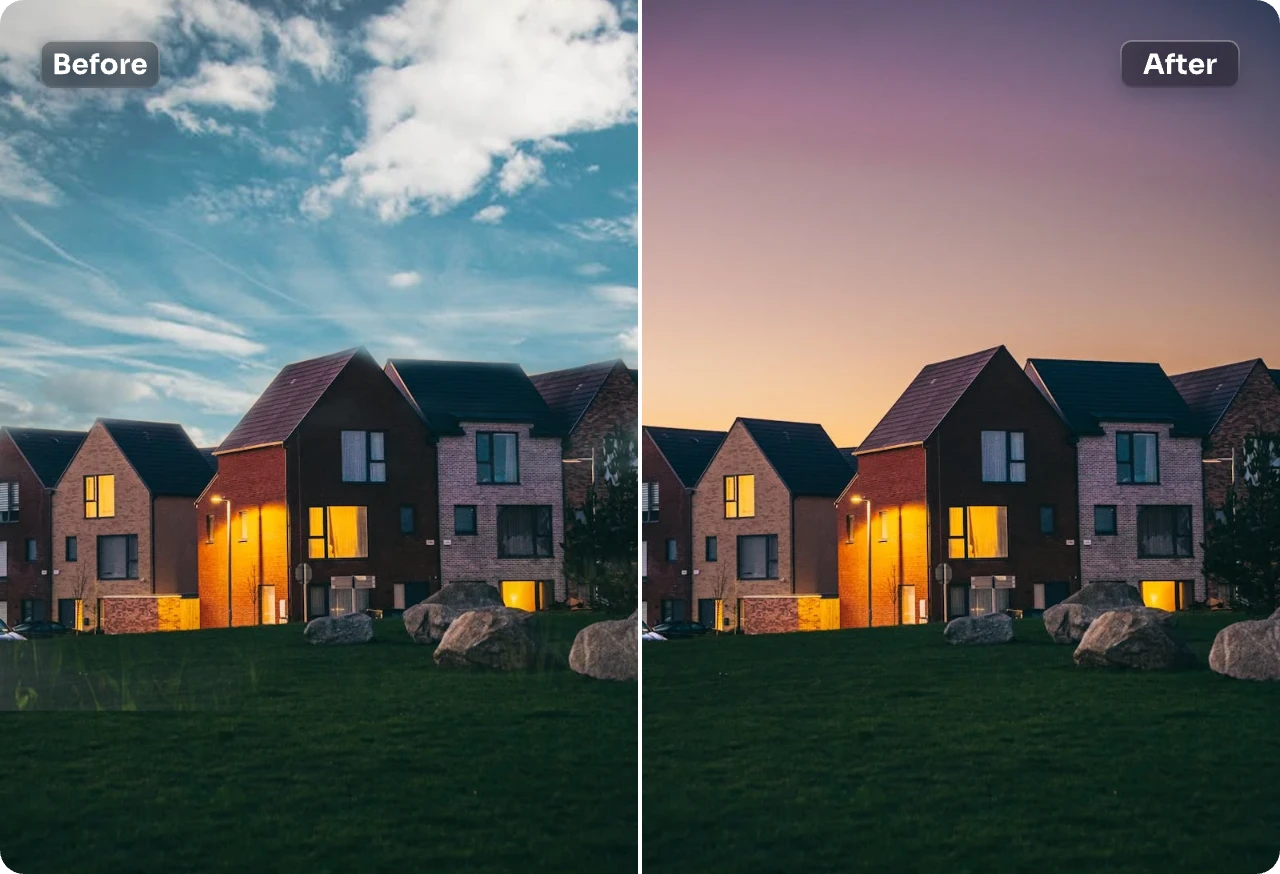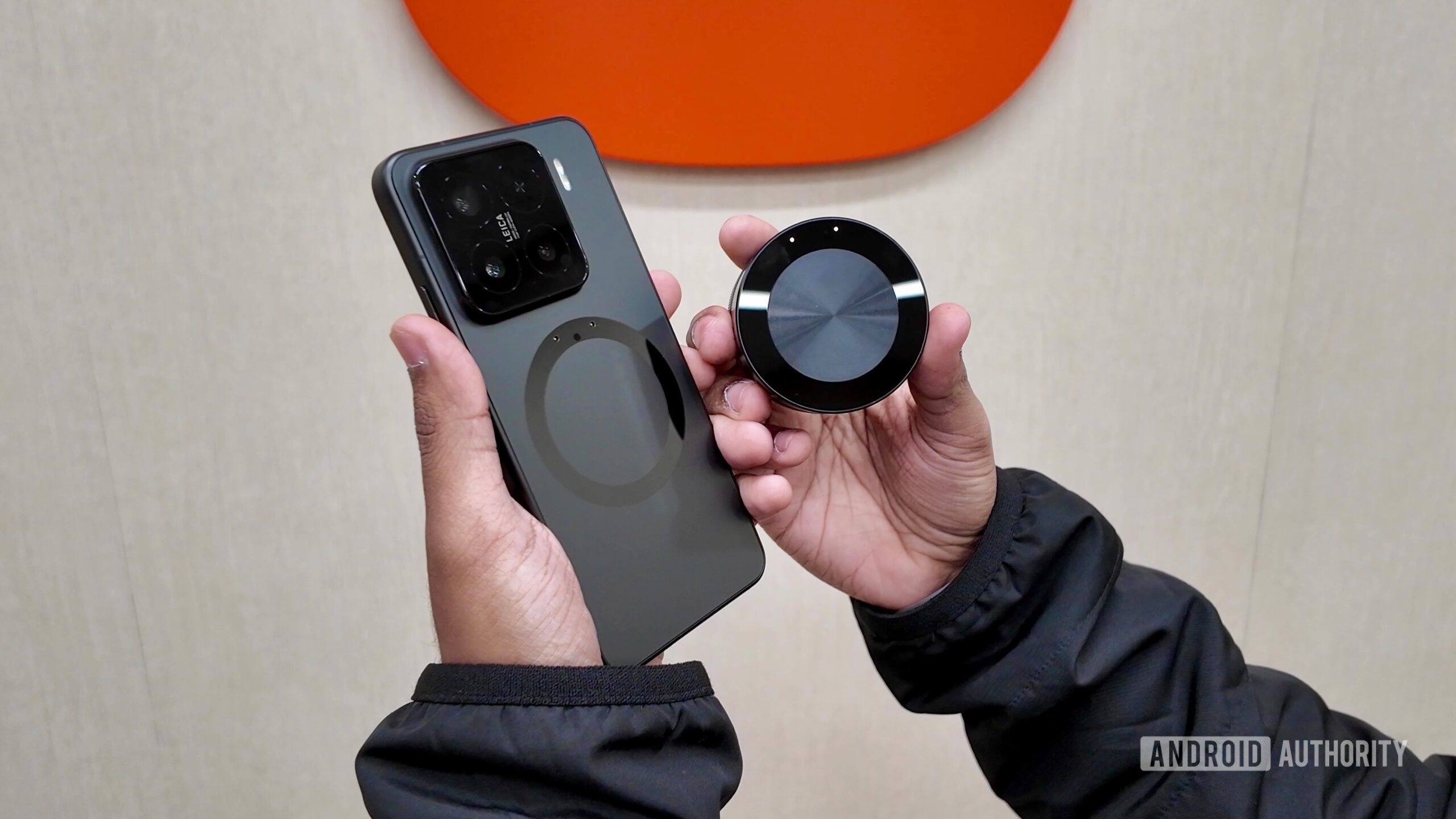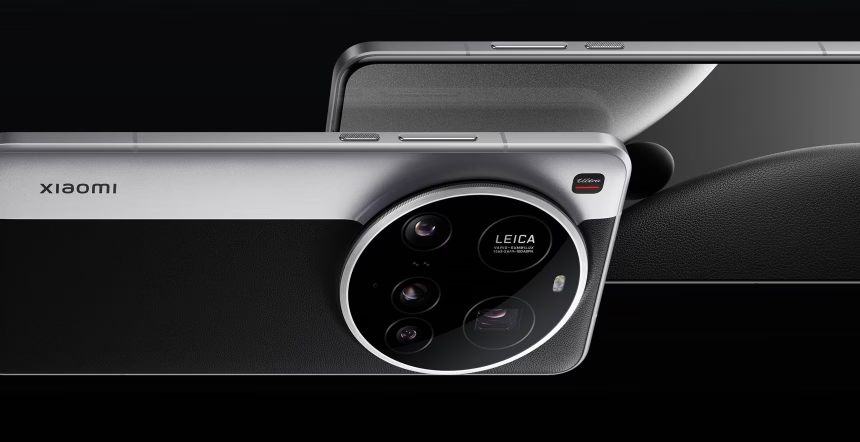Have you ever felt limited by your phone’s camera? Get ready to discover what could be the best phone cameras in the world! We’re exploring the future of mobile photography with two groundbreaking devices from Xiaomi, featuring technology that might redefine how we capture moments forever.
First, we’ll dissect the NextGen Xiaomi 15 Ultra, a phone boasting a camera system so impressive it might just redefine what’s possible. Then, brace yourself for something truly special: a never-before-seen concept phone so precious it requires a personal delivery straight from China!
What makes these cameras so revolutionary? Let’s find out!
Xiaomi 15 Ultra: The Telephoto Revolution

The Xiaomi 15 Ultra arrives in classic Xiaomi packaging. Inside, you’ll find the usual suspects: a SIM ejector, a USB-C cable, manuals, and a hard-shell clear case. Noticeably absent? A charger.
Perhaps the phone’s groundbreaking camera tech demanded all the space. And what a camera it is!
While the phone has plenty of features to love (and maybe a few to dislike), one aspect stands out: the telephoto camera.

For years, smartphone photography has followed a simple hierarchy: a high-quality main camera supported by a few secondary, less impressive lenses, as shown below.

But the Xiaomi 15 Ultra throws that out the window. The telephoto lens is so exceptional that it’s essentially become the primary camera, completely changing your phone use and setting the bar among the best phone cameras in the world.
Zooming Reinvented: Xiaomi 15 Ultra vs. Galaxy S25 Ultra
When it comes to zoom photography, Samsung has long set the standard. Their latest Galaxy S25 Ultra achieves impressive results with a 10x optical zoom and a 200-megapixel camera. It’s a solid system. But how does Xiaomi’s contender stack up?

The Xiaomi 15 Ultra features a 4.3x optical zoom camera with a staggering 200-megapixel sensor. Yes, the optical zoom is slightly less than Samsung’s, but the sensor size is what truly sets it apart.
Xiaomi’s sensor is over three times the size of the one found in the Samsung Galaxy S25 Ultra. Remember, megapixels aren’t everything; sensor size is the spec that matters for light gathering and detail.
🔥 Limited Time Deal: 15% OFF SAMSUNG Galaxy S25 Ultra
To illustrate the difference, you can zoom in on some intricate brickwork or artwork. The Samsung Galaxy S25 Ultra delivers crisp images up to around 30x zoom, but detail deteriorates at 100x. Still, the results are respectable considering the distance.
Now, when you switch to the Xiaomi 15 Ultra. The preview looks a bit cleaner than the Samsung, but the real magic happens upon capture. The resulting image is a landslide victory for Xiaomi.
Discover Samsung Galaxy S25 Ultra: The Next Era of Smartphones in 2025
The Power of AI: Enhancing Reality or Overstepping Boundaries?
Xiaomi’s impressive zoom capabilities are thanks to both the high-quality telephoto camera and intelligent AI processing. When zooming past 20x, a small AI indicator appears. If it’s yellow, the phone will use its best estimation to enhance the image.
This raises an important question: How much AI is too much? Some might argue that excessive AI processing compromises the authenticity of a photo.
However, Xiaomi integrates it tastefully.
The results are weird maybe 5% of the time, but the rest of the time, it improves the photo in a big way. And if you’re not a fan, you can easily toggle the AI on or off with a single click. Even with AI disabled, this remains the best zoom camera ever put on a phone.
More Than Just Zoom: Telephoto Cameras’ Potential
The Xiaomi 15 Ultra’s telephoto lens isn’t just for extreme zoom shots. Its true potential shines when used for everyday photography and videography.
Consider this: record a video with your phone’s regular wide camera. The footage looks good, especially considering the phone boasts a top-of-the-line 1-inch sensor. But now, when you switch to the telephoto camera. The vibe completely shifts.
The footage takes on a professional, cinematic quality. This is partly due to the inherent background blur of telephoto lenses, but it’s amplified by the large sensor. You get incredible subject separation with virtually no quality loss.
This camera films in full-quality 8K, plus it can film slow motion using the same lens, 4K 120 frames per second.
For a phone, this is as cinematic as it gets.
And let’s not forget portrait mode. Portraits taken with telephoto lenses are inherently more flattering. Step back, zoom in, and let the lens work its magic. You don’t even need portrait mode to achieve stunning results; simple auto photos look incredible.
However, there are some things that Xiaomi needs to improve, for example, its software update schedule. Plus, the phone is a bit awkward to handle.
However, the camera is not one of them.
One wish? A shorter minimum focusing distance so it could also be a macro camera. Now that would be next-level!
Beyond the telephoto lens, the Xiaomi 15 Ultra also boasts impressive AI features. AI Expand works just as well as Samsung’s generative image editor, which is quite a compliment! And AI Sky, which has always been cool, has become even more powerful thanks to intelligent processing.

Imagine selling a house; instead of waiting for a sunny day, you can simply use AI Sky to create the perfect, inviting image.
Xiaomi Concept Camera System: A Glimpse into Tomorrow
Now, what happens when even the incredible Xiaomi 15 Ultra isn’t enough? Enter the Xiaomi Concept Camera System. Only 10 to 20 of these exist worldwide, and Xiaomi designed them to prove a point.
This system pairs a phone with an external lens.
Now, the idea of adding professional lenses to phones isn’t new. You’ve been able to buy phone camera lenses for years. Even Xiaomi has tried to integrate lens systems into previous concept phones. But this is different. This is the first time a camera attaches to the middle of the phone, and there’s a reason for that.
The problem with existing phone lens add-ons is that they’re still limited by the phone’s small sensor. It doesn’t matter how great the lens is; the sensor ultimately determines the image quality. It dictates how much light the lens can process and how much detail it can capture.
Xiaomi’s solution?
Create both an external lens and an external sensor. This isn’t just a lens; it’s a complete camera system designed in-house. Think of it as an entire camera without a screen.
Why would you do this when the phone already has a full set of internal cameras? That’s where the magic happens.
Laser Link: The Key to Seamless Integration
The lens snaps onto the back of the phone with strong magnets. But these magnets aren’t just for holding it in place. Two tiny pins create an instant hardware connection. This is a brand new technology called Laser Link, developed specifically for this phone.

Thanks to these pins and some clever engineering, you get two major benefits:
- Power: The camera draws power directly from the phone’s internal battery. No need to worry about charging another device.
- Data Transfer: Next-level data transfer between the camera and the phone’s image signal processor. They communicate in real-time, allowing the phone to treat the external camera as if it were built-in.
This is a game-changer. The moment you attach the lens, an icon appears in your camera app, allowing you to switch to the external lens instantly.
Previous concept phones often felt clunky, but this experience is surprisingly refined.
Unleashing High-End Optics and AI
Suddenly, you’re shooting with high-end optics. This system boasts a 100-megapixel, 35mm, f/1.4 lens with a 1-inch sensor. That translates to extreme resolution and a sensor twice the size of the largest smartphone sensors.
You get a professional-grade lens built with enough space to execute it properly.
Combine that with the intelligent AI software processing that’s been optimized for smartphones over the last 15 years, and you have something truly special.
You retain smartphone features like live motion photos, AI face beautification, and portrait mode.
Plus, there’s no extra fiddling. You never need to charge the camera, there are no separate SD cards, and all footage saves directly to your phone’s gallery.
The system even features a precision motor for autofocus, and you can manually adjust the focus on the lens, feeling subtle vibrations from the phone’s vibration motors. When you’re done, simply snap the lens off.
A Premium Compact Camera Experience
Taking this system out for a day trip feels like using a premium compact camera like the Fuji x100s. While it’s bulkier than just using your phone’s internal cameras, it’s far less cumbersome than carrying a separate camera. And the image quality difference is undeniable.
The improvement is especially noticeable at night. The sensor delivers great colors with very minimal distortion.
And even my grandparents can see the difference!
There are a couple of caveats.
First, the battery life isn’t great. The concept phone uses a smaller battery to accommodate the power delivery mechanism for the external camera. This is acceptable for a concept, but it would need to be addressed in a final product.
Second, the lens isn’t the best. The image quality doesn’t quite match a high-end camera like the Fuji. However, this is a solvable issue. Now that the Laser Link system exists and works, Xiaomi could partner with a company like Leica to co-build a system of truly top-end lenses with built-in sensors.
Beyond Lenses: Expanding the Ecosystem
The possibilities don’t end with lenses. Imagine an 8TB storage drive that snaps onto the back of the phone, instantly reading and writing like internal storage, thanks to the physical connection. The physical pins have opened an avenue for completely different types of accessories.
Is this concept ready for the mainstream? Maybe not yet. But this is the most excited I’ve ever been about a concept phone.
To truly drive home the difference, consider this: Filming a sponsored segment for PureVPN using this phone versus the best iPhone. The difference is night and day. They’re not even close!
🔥 Special Deal: 83% Off PureVPN 🔥
Did you know that Netflix varies by country? Japan has more anime, Slovakia boasts the biggest content library, and Korea offers exclusive K-dramas. PureVPN lets you instantly swap your location and access it all!

Plus, you can use the internet as if you were at home, eliminating the need to re-authenticate your accounts every 20 minutes. Your search results will also match what you expect.
Go to PureVPN for an unbeatable price for 3 extra months!
Final Thoughts: Is This the Future?
The Xiaomi 15 Ultra and the Concept Camera System represent a bold leap forward in mobile photography. The Ultra’s telephoto lens redefines the role of smartphone cameras, while the Concept Camera System offers a glimpse into a future where phones can rival professional cameras.
Are these the best phone cameras in the world right now?
Perhaps. But they point towards an exciting future for mobile photography.








